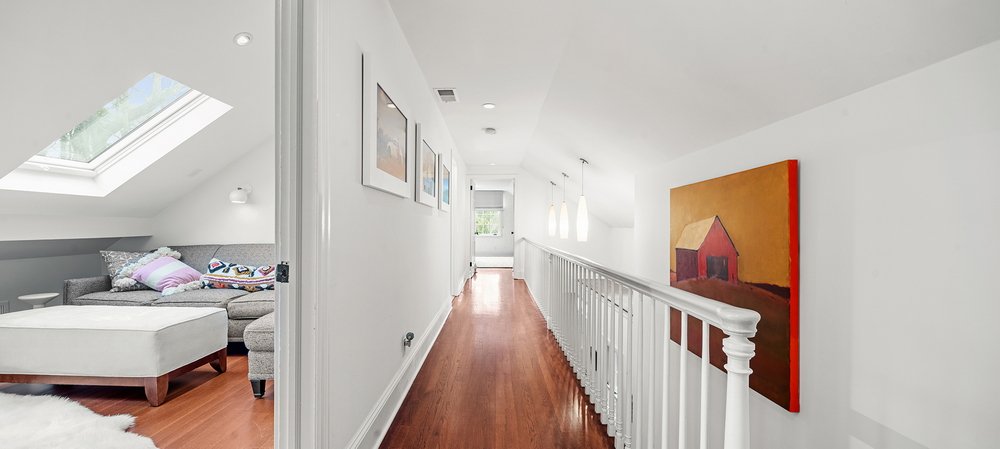Higher interest rates increase the cost of borrowing, making mortgages more expensive for potential homebuyers. This can reduce the purchasing power of buyers and limit their ability to afford homes, leading to a decrease in demand and subsequently lower housing inventory. If your potential buyer’s current rate is 3% or 4% lower than what is currently available, what is their incentive to move?
Lower demand
As mortgage rates rise, some potential homebuyers may choose to delay their home purchase or opt for more affordable housing options. This decrease in demand can result in fewer buyers actively searching for homes, leading to a decline in the number of homes sold and available inventory.
Slower price appreciation
Higher interest rates can slow down the rate of home price appreciation. When mortgage rates increase, buyers may become more hesitant to enter the market or may be priced out of certain neighborhoods. This can lead to a decrease in home prices or slower price growth, discouraging sellers from listing their properties.
Impact on new construction
Higher interest rates can also affect new construction activity. Developers and builders may face higher borrowing costs, making it more expensive to finance new projects. This can lead to a slowdown in new construction, resulting in fewer newly built homes entering the market and further tightening housing inventory.




